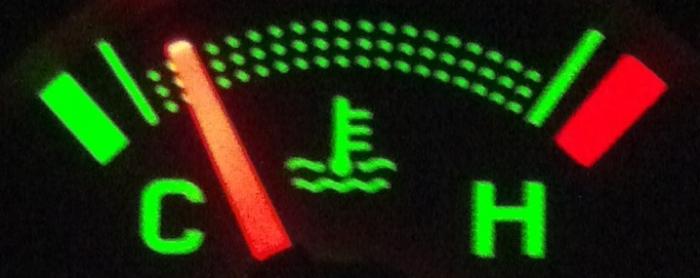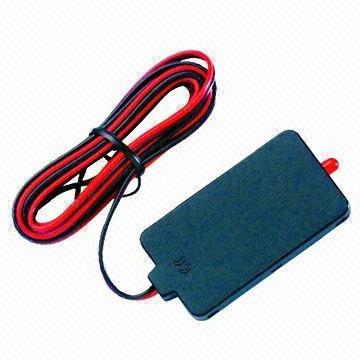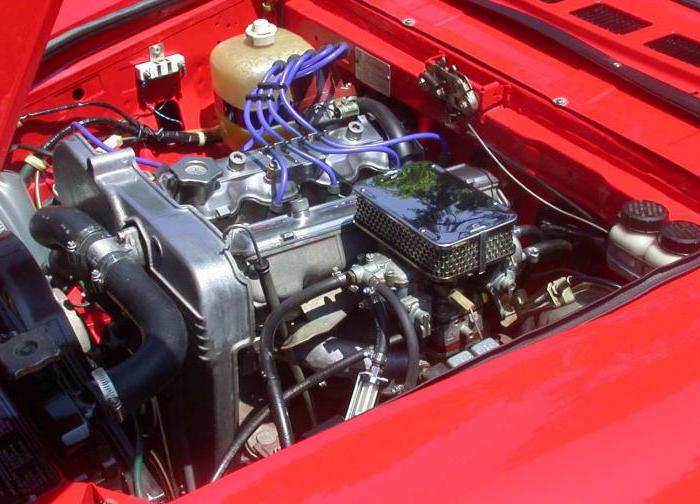Resource of the car engine as the main quality indicator
Buying a new car, many motoristspay much more attention to the resource of the engine than to its other parameters, even if they are based on commercials of each individual model. While the manufacturer boasts the maximum speed of his offspring, calms low toxicity and lures with an attractive economy, a critically thinking buyer seeks in the technical documentation the cherished figure that determines the guaranteed indicators, within which, if the basic requirements for operating conditions are met, the claimed performance of the machine will remain.
As the most expensive unit (and in terms ofmanufacturing, and in terms of repair), the motor forces to pay special attention to itself. It is not surprising that the engine resource is so important in assessing the car's potential. Approximate, but quite clear is the determination of the quality of its manufacture by guaranteed kilometers mileage or the period of work before major repairs. It should be noted that under capital repairs understand the type of maintenance, involving the dismantling of the crankshaft.
Designing of domestic small cars fromVolga automakers demanded to declare a resource for the very first family of 125 thousand km, by the start of the "tenth" generation this figure has already increased to 150 thousand km. Being a criterion rather vague, the resource defined in this way has a high visibility and ease of perception.
At the expiration of these terms the car cancontinue to work with the previous indicators of power, fuel and oil consumption, and there may be a change in these parameters or even a loss of efficiency. This proves once again that the resource of the engine is very conditional.
Determination of engine life by kilometersmileage is a conditional indicator. In fact, the working conditions of the power unit are affected to a great extent by the operating conditions. Knowingly for research purposes, VAZ engineers still exchanged from the population a certain batch of engines with prohibitive mileage indicators from a variety of geographic regions. These studies have shown that the most important condition for the long life of the motor is the quality of its manufacture (depends on the manufacturer) and compliance with the rules of its operation (on the shoulders of the user).
Domestic automaker in the personTogliatti automakers are getting closer to the European standards in terms of the quality of their products every year. As for the engines, each unit undergoes mandatory testing up to break-in, which allows paying less attention to this procedure than it was on the first samples of the VAZ family.
The manufacturer guarantees that the engine life,installed on modern cars, is a reasonable figure. Hot running is carried out on each motor. For "classical" options this procedure was given 15 minutes, front-drive units pass it for 6.5 minutes. In addition, periodically there is a test twenty-hour run-in of the engine at maximum revs (6000). After that the test sample is completely moved and its reliability is assessed visually.
Having passed all the tests, a brand-new carpractically does not require break-in, although this procedure is described in detail in the instruction manual. Obviously, this is an additional reinsurance, and even after a major overhaul of the engine without the procedure of grinding the steam can not do.
Considering the issue of motor durability,it should be borne in mind that the resource of a diesel engine to maintain it at a sufficiently high level requires the use of parts more durable than for gasoline analogues. No matter how attractive the design of the motor, which uses a three-edged rotor-piston in the form of a Relyo triangle, until it found wide application. The fact is that the resource of the rotary engine is much lower than that of its congeners from the category of ICE.
</ p>>






